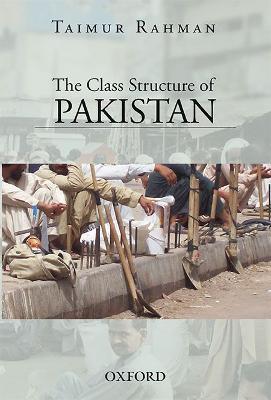The Class Structure of Pakistan

The Class Structure of Pakistan
This work on the class structure of Pakistan is based on the framework of historical materialism. It sketches the history of the region that is now Pakistan and analyzes the class structure from the time of the Mughal Empire, through the distortions of the colonial era and the transition to capitalism, to the class structure of contemporary Pakistan. It avoids over-schematic arguments, attempting to proceed from facts rather than from any ideal forms. The study develops three propositions: First, that the mode of production of pre-colonial South Asia was qualitatively distinct from European feudalism; second, that the colonial path of capitalist development of South Asia resulted in a socio-economic formation that combined features of the Asiatic and capitalist modes of production, which this study terms Asiatic capitalism; third, that in Pakistan manufacturing and services are dominated by petty commodity production and small-scale capitalism. The author concludes by outlining
the implications for Pakistan's politics, society, and culture.
PRP: 147.25 Lei
Acesta este Prețul Recomandat de Producător. Prețul de vânzare al produsului este afișat mai jos.
117.80Lei
117.80Lei
147.25 LeiLivrare in 2-4 saptamani
Descrierea produsului
This work on the class structure of Pakistan is based on the framework of historical materialism. It sketches the history of the region that is now Pakistan and analyzes the class structure from the time of the Mughal Empire, through the distortions of the colonial era and the transition to capitalism, to the class structure of contemporary Pakistan. It avoids over-schematic arguments, attempting to proceed from facts rather than from any ideal forms. The study develops three propositions: First, that the mode of production of pre-colonial South Asia was qualitatively distinct from European feudalism; second, that the colonial path of capitalist development of South Asia resulted in a socio-economic formation that combined features of the Asiatic and capitalist modes of production, which this study terms Asiatic capitalism; third, that in Pakistan manufacturing and services are dominated by petty commodity production and small-scale capitalism. The author concludes by outlining
the implications for Pakistan's politics, society, and culture.
Detaliile produsului









